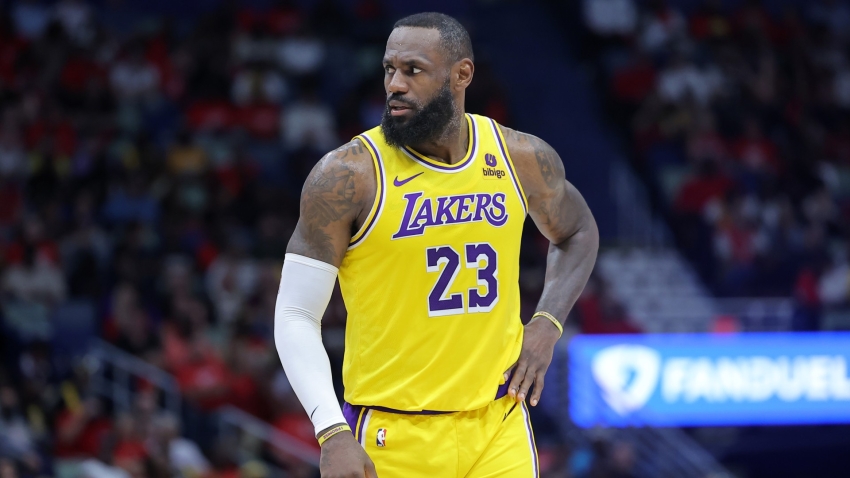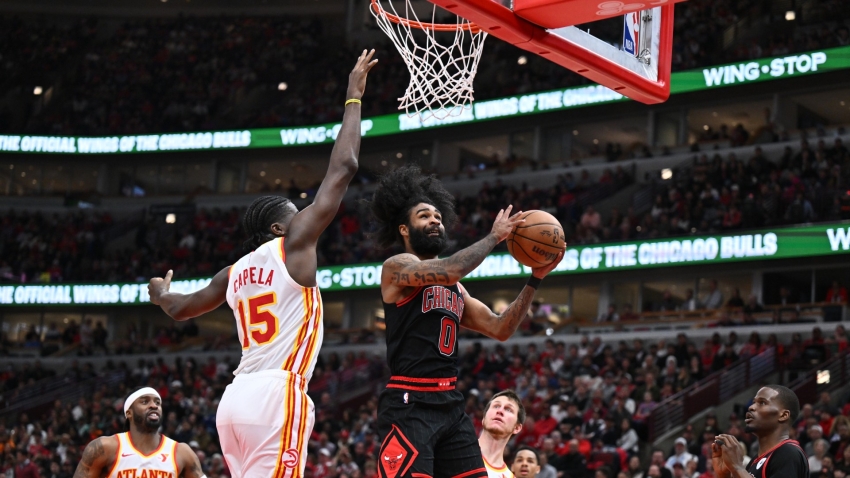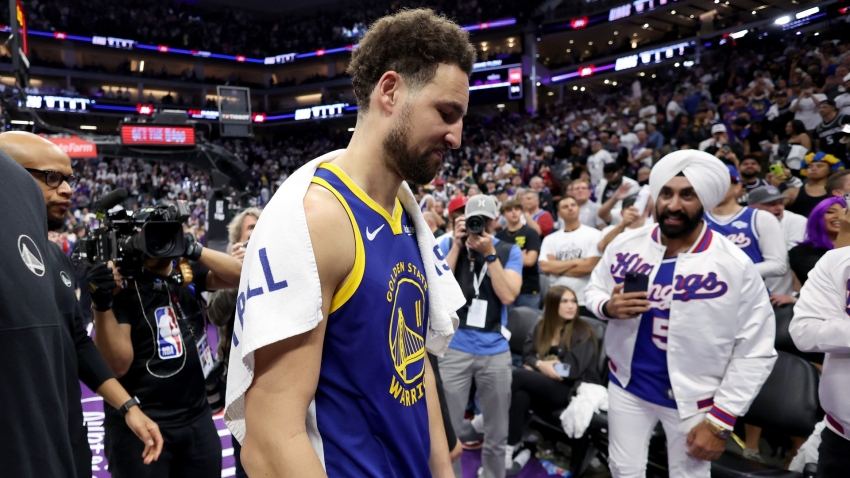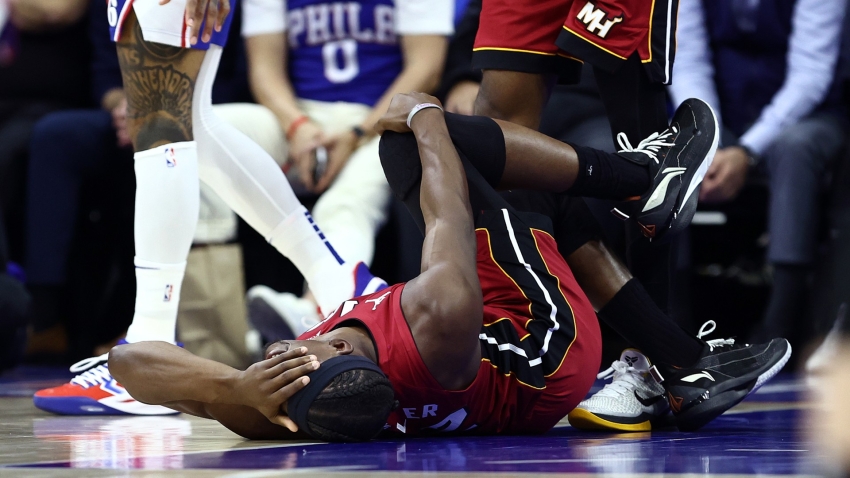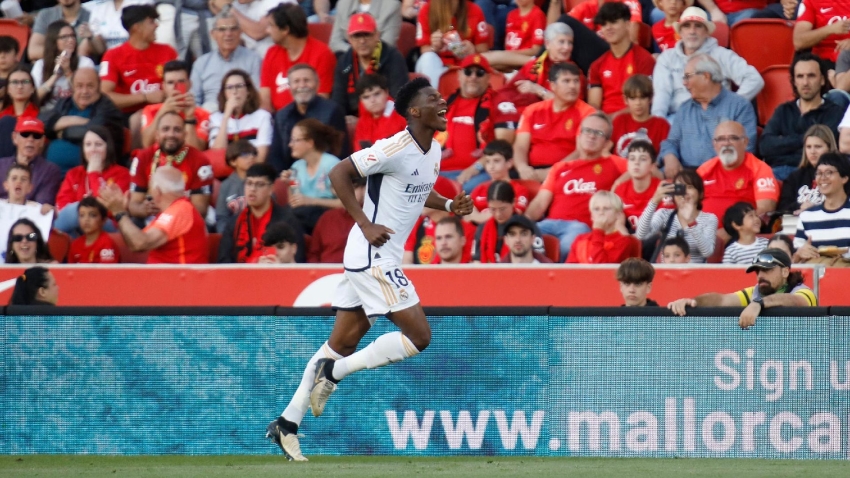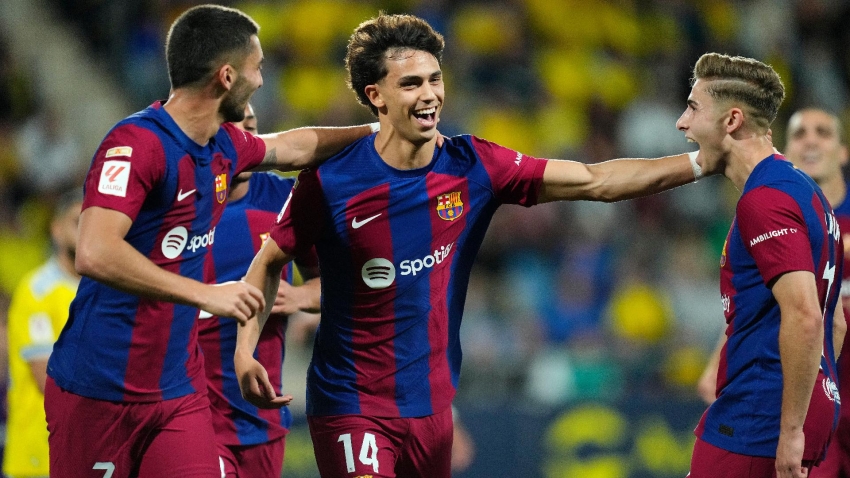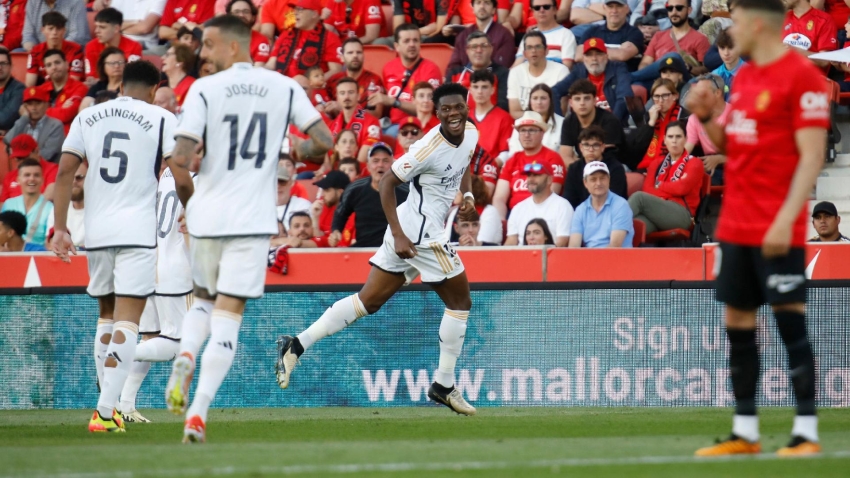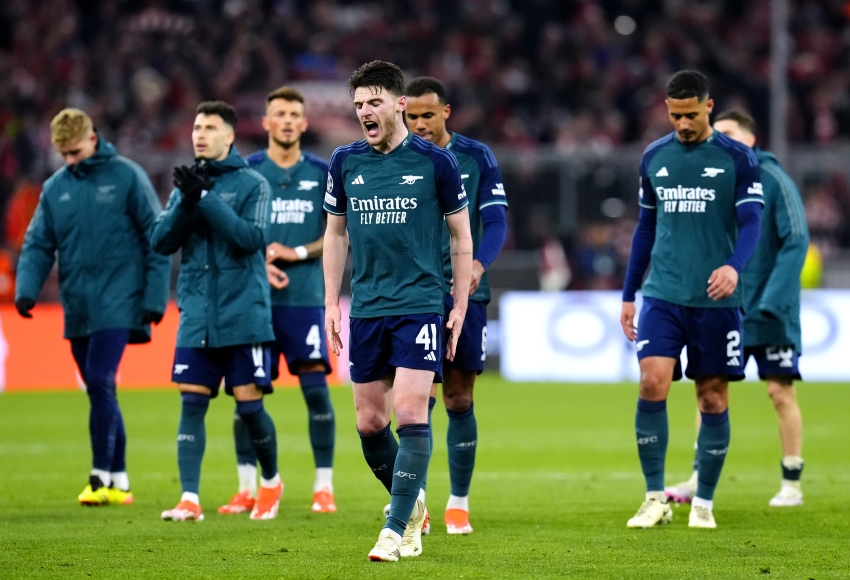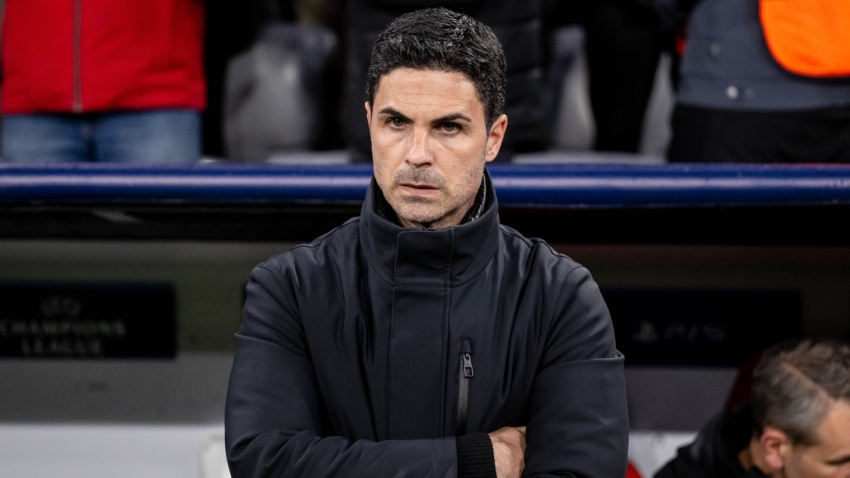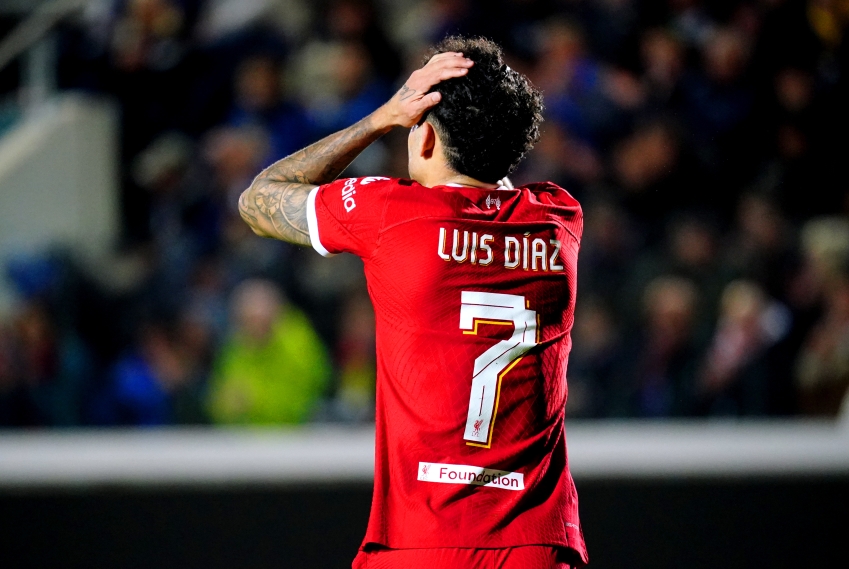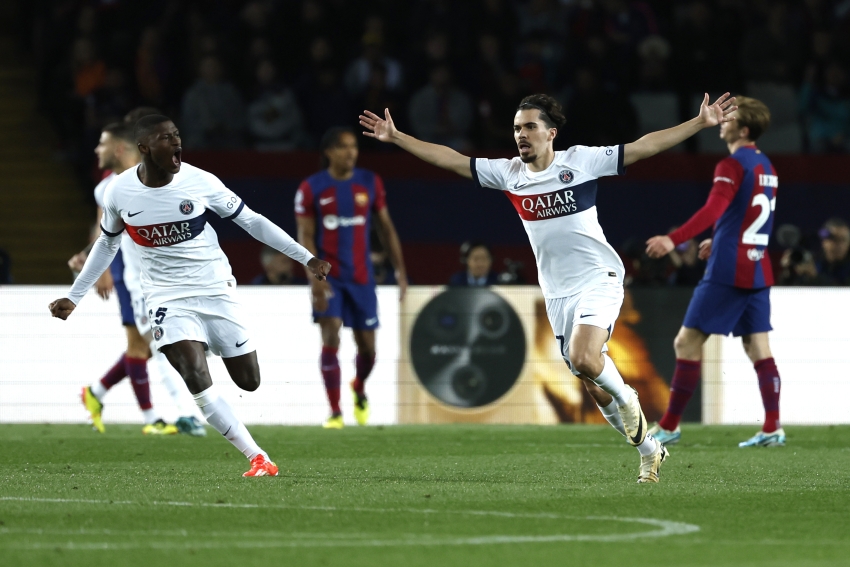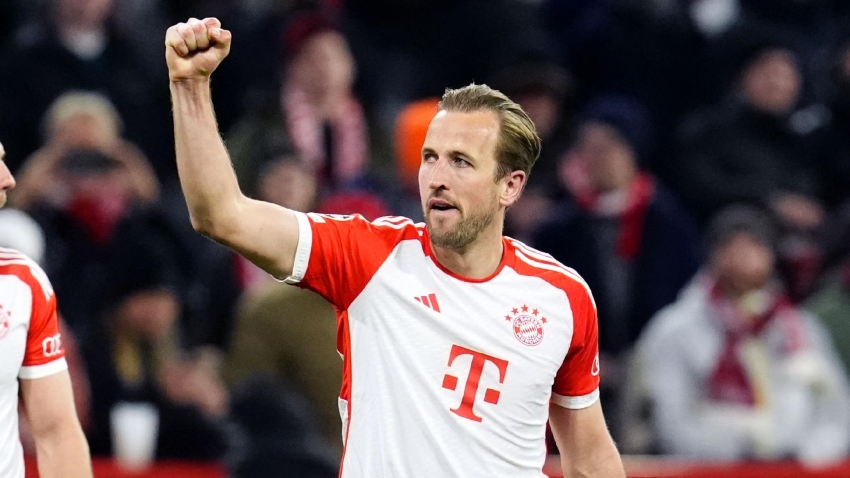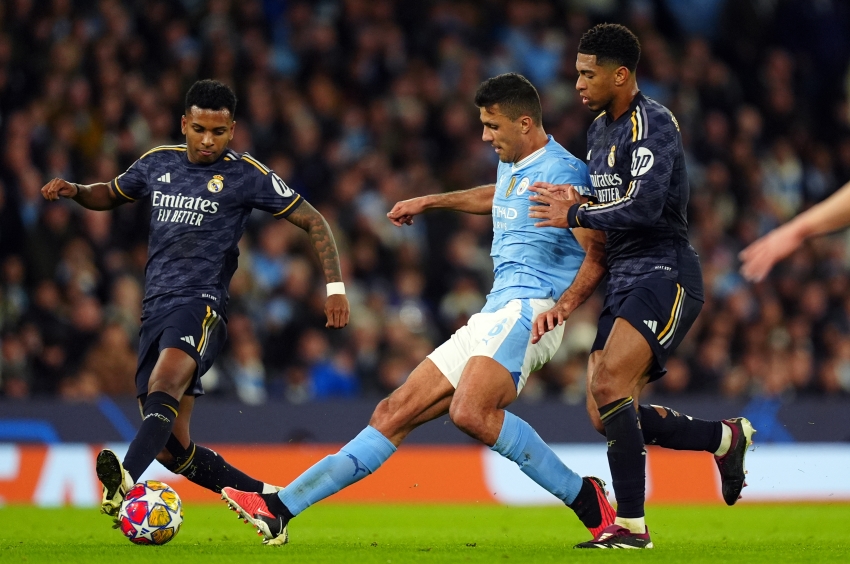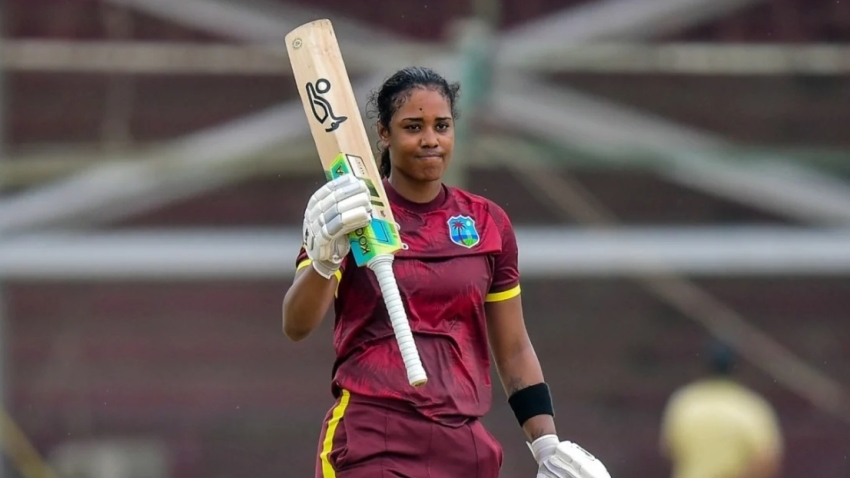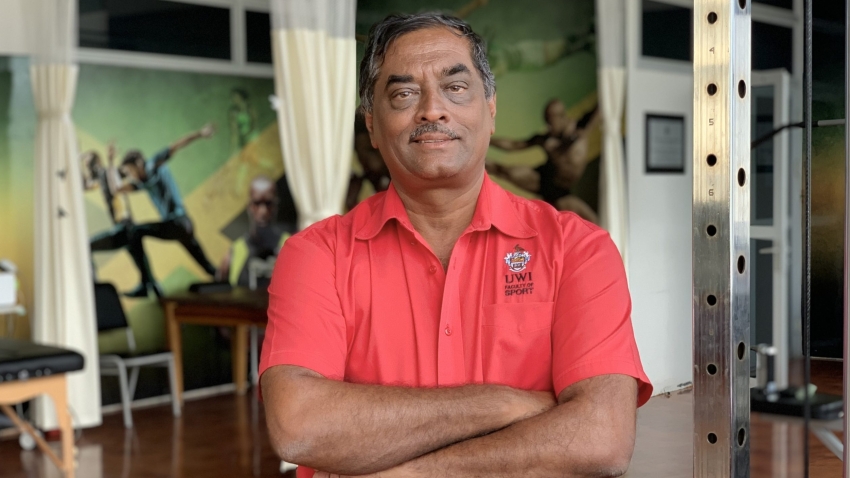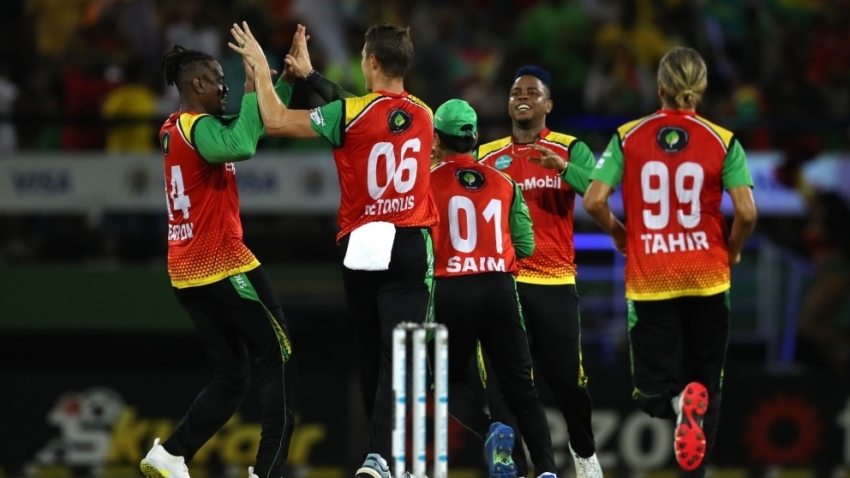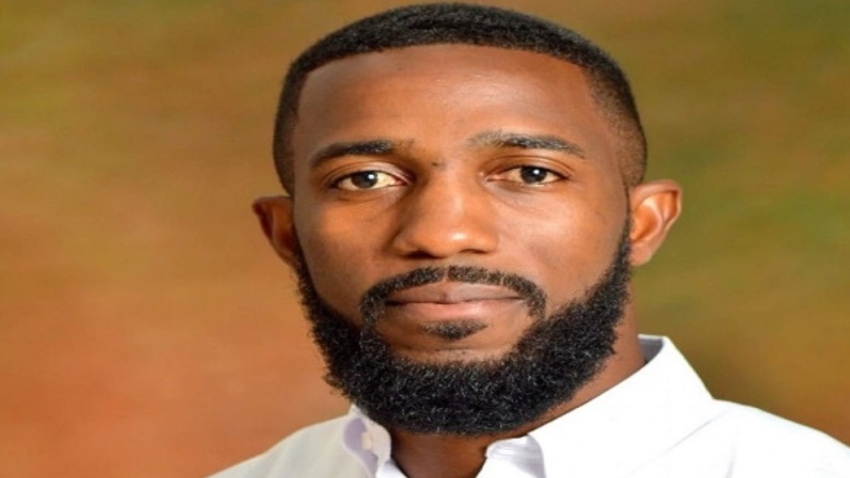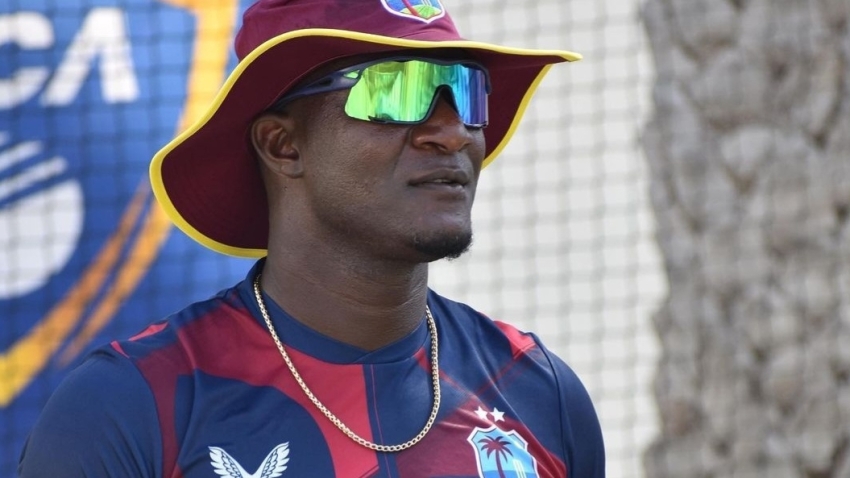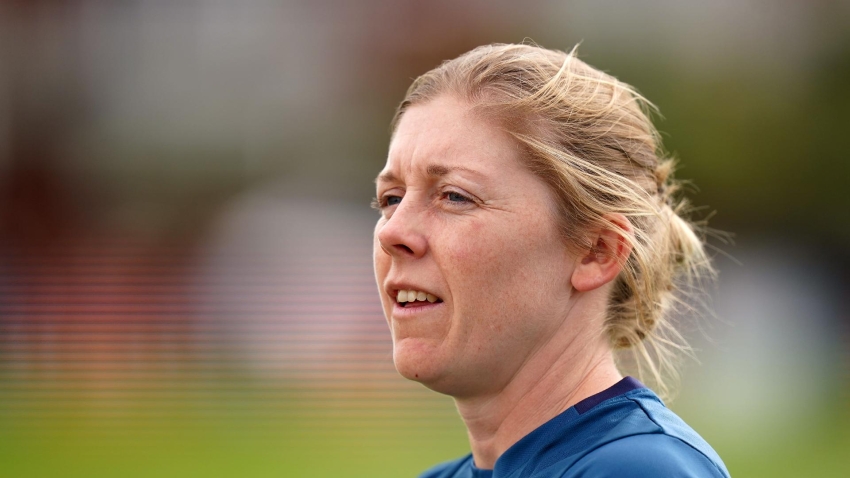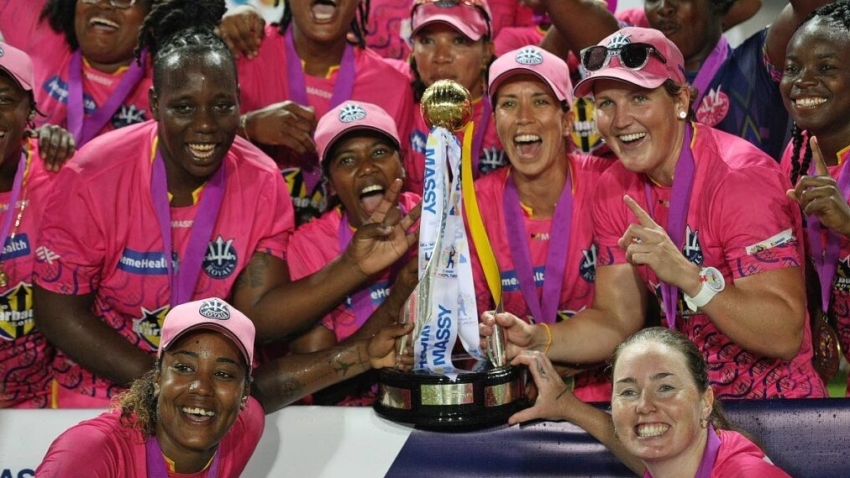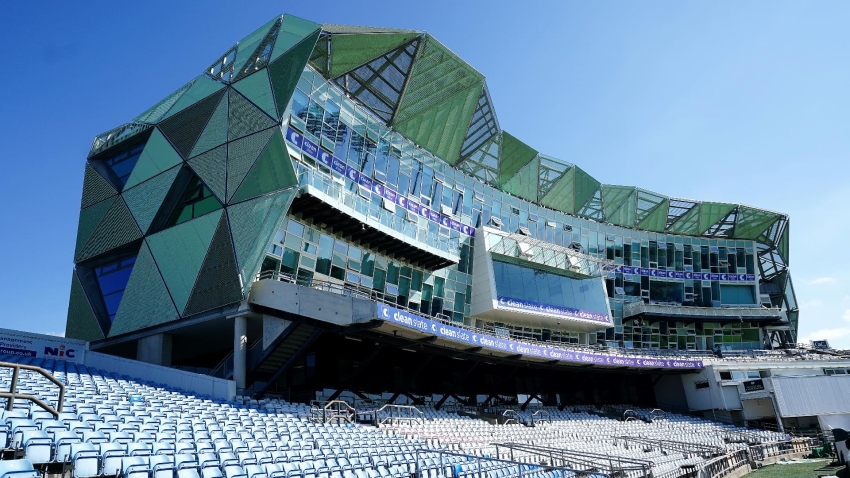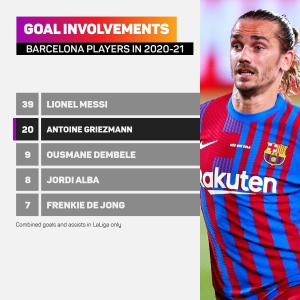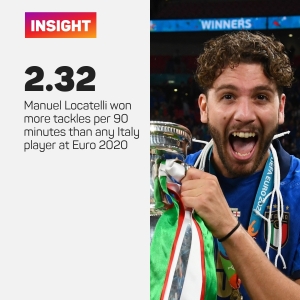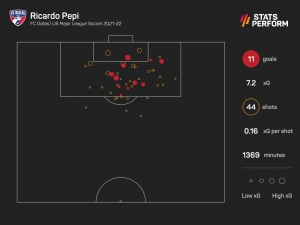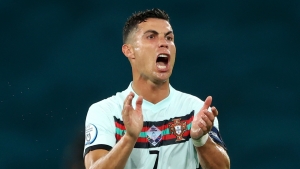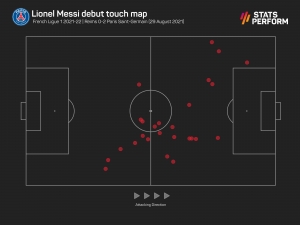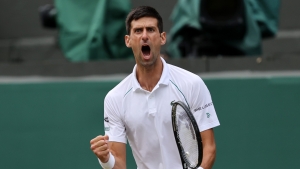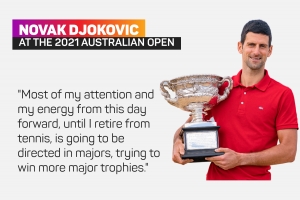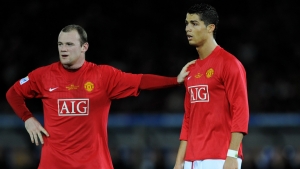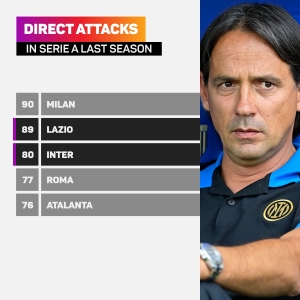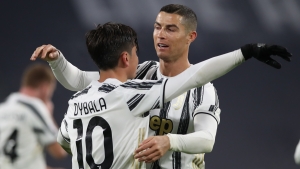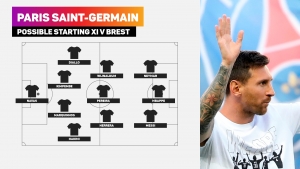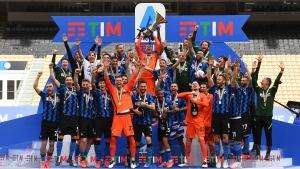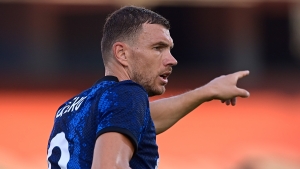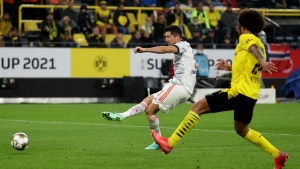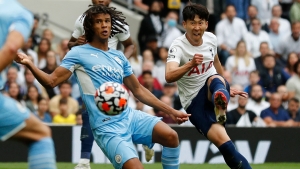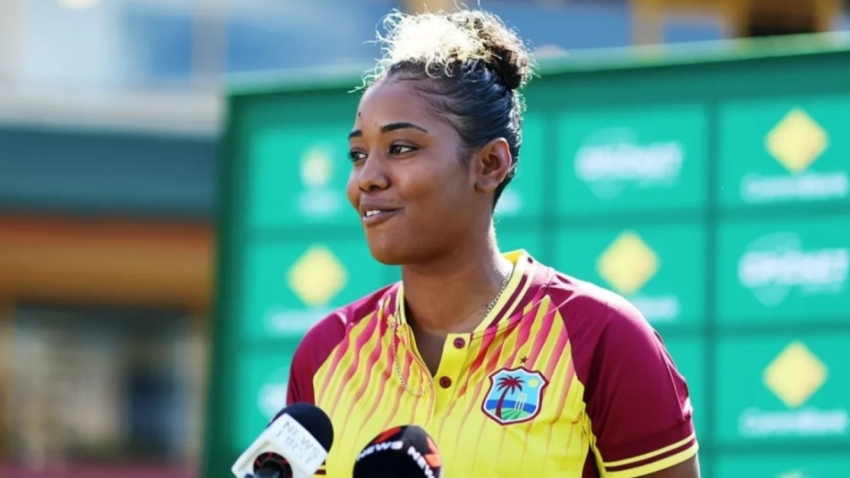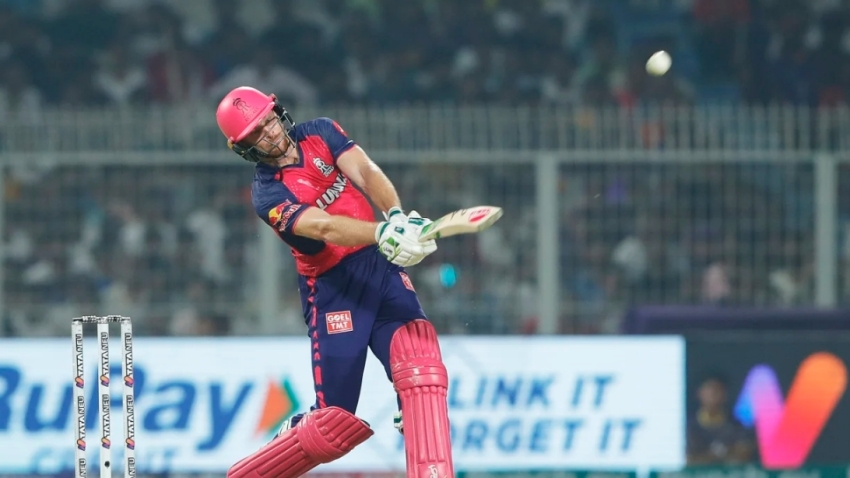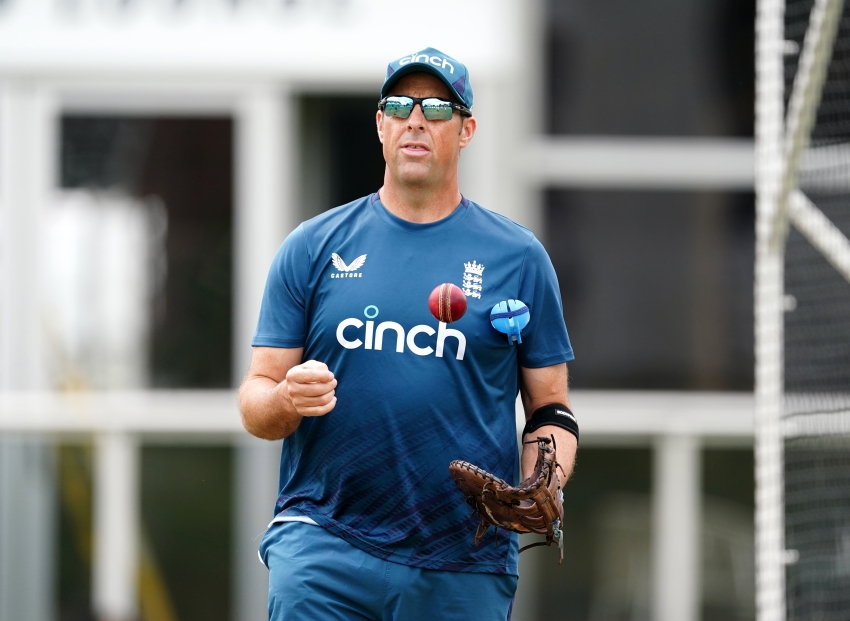The first international break of the 2021-22 campaign has arrived, and with it comes an opportunity for many national teams to start afresh.
Following the conclusion of the Copa America, Gold Cup and Euro 2020 in quick succession, all roads now lead to the 2022 Qatar World Cup.
For a number of players, the September qualifiers provide an opportunity to make an impression, while for others it is potentially a first taste of international football.
With the games coming thick and fast over the next week or so, Stats Perform has looked at those in contention to make their senior international debuts.
Albert Sambi Lokonga (Belgium)
Belgium's golden generation of talent missed another opportunity to turn promise into something more tangible when losing to eventual winners Italy in the Euro 2020 quarter-finals.
Roberto Martinez has decided against wholesale changes after that disappointment, with Lokonga the only outfield player in line for his first cap, having failed to get further than the bench – against Greece in June – after previous call-ups.
A product of the same Anderlecht youth system that oversaw the development of Romelu Lukaku, Youri Tielemans and Leander Dendoncker, among others, Lokonga sealed a move to Arsenal in July after impressing in the Belgian top flight.
The £15million signing has not had the best of starts to life at Arsenal, the Gunners finding themselves bottom of the English top-flight table having played at least three league matches for the first time since October 1974.
Lokonga, noted for his ability to play in front of the defence, featured in just two of those games yet still trails Granit Xhaka alone in terms of passes (113 to 139) and successful passes (97 to 118) and is behind only Sead Kolasinac for interceptions.
Claudinho (Brazil)
Citing concerns over the availability of his European-based contingent due to clubs being reluctant to release players to red-list countries, Tite has named a bloated Brazil squad for this month's triple-header of World Cup qualifiers.
Those complications appear set to deny Raphinha a debut, having impressed during his first year in the Premier League with Leeds United.
Raphinha ranks seventh in the division for dribbles attempted since the start of last season (142), completing 42.96 per cent of those. He also ranks in the top 10 for chances created over that period with 68.
But Claudinho remains in line to be capped for the first time, called up after helping his country secure Olympic gold at Tokyo 2020.
The midfielder, whose signing at Zenit was announced not long after the Olympic tournament had concluded, described his call-up as "a dream come true".
Theo Hernandez and Moussa Diaby (France)
It is out with the old and in with the new as far as France's first post-Euros squad is concerned – to an extent, at least, with Olivier Giroud one of nine players to make way from the previous group named by Didier Deschamps.
Injuries have also played a part in that, potentially giving a quartet of uncapped players the chance to impress in the upcoming qualifiers with Bosnia-Herzegovina, Ukraine and Finland.
Hernandez, a more natural left-back option than brother Lucas, will feel his first call-up is long overdue following back-to-back campaigns as a regular for Milan, whom he joined from Real Madrid.
Since making his Rossoneri bow in September 2019, no defender in Serie A has completed more dribbles than Hernandez (133), while only Federico Dimarco (87) and Juan Cuadrado (107) have created more chances than his 86.
Monaco midfielder Aurelien Tchouameni and Roma's Jordan Veretout may also feature during this international break, but perhaps the most exciting of the new additions is Bayer Leverkusen winger Diaby.
The Paris Saint-Germain product scored twice and assisted another in Leverkusen's opening two Bundesliga games of 2021-22, while Alphonso Davies is the only player in the division to have attempted more dribbles this term (24 to his 22).
Known for his blistering pace and ability to take on opponents, Diaby could well provide Deschamps with a different option in an attack already packed full of talent.
Otavio (Portugal)
Three new players have been called up by Fernando Santos, who is looking to the future after his Portugal side's reign as European champions came to an end in July.
Goncalo Inacio is injured, but Diogo Costa and Otavio could each make their senior debuts during this international window, with the latter the name on many lips right now.
Otavio has tallied 11 goal involvementss in each of the past two Primeira Liga campaigns for Porto and has made a fast start to the new season with two assists in his first four games.
Since the start of last season, only team-mate Mehdi Taremi has provided more assists (12) in the Portuguese top flight than Otavio's 10, coming from 51 chances created.
The Brazilian-born attacking midfielder was granted Portuguese citizenship earlier this year and will be eager to show that Brazil's loss is very much Portugal's gain should he get some minutes over the next week.
Ricardo Pepi (United States)
The dual-national drama surrounding Pepi appears to have reached a resolution as the FC Dallas forward has seemingly pledged his allegiance to the United States over Mexico.
After breaking into the Dallas side two years ago and featuring regularly last year, 2021 has been quite the season for the El Paso-born youngster.
Pepi, who does not turn 19 until next January, has 11 goals and two assists in 21 games this term and scored the decisive kick in last week's penalty shoot-out win for MLS against their Liga MX counterparts in the All-Star Game.
He has 13 MLS goals in total, the fourth-most ever by a teenager – ahead of Freddy Adu – and just nine short of the record held by Diego Fagundez.
On the basis of the past four months in particular, the USMNT could have a potentially world-class player to lead their line for a number of years to come.
Karim Adeyemi (Germany)
For the first time in 17 years, Germany will play a match without Joachim Low in their dugout either as assistant or head coach when they face Liechtenstein on Thursday.
Hansi Flick is tasked with ushering in a new generation of German talents, with help from the old guard, many of whom were key to his successful spell at Bayern Munich.
Away from regulars such as Thomas Muller, Leon Goretzka, Joshua Kimmich and Manuel Neuer, Flick has included four uncapped players in his first squad – David Raum, Nico Schlotterbeck, Florian Wirtz and Adeyemi.
A technically gifted and supremely fast winger, Adeyemi has long been considered one of Germany's most promising young players, having cost Salzburg a reported €3m when he was 16.
Adeyemi, who left Bayern six years earlier, has been given the chance to spread his wings with Salzburg and has been strongly linked with Red Bull sister club RB Leipzig.
He already has six goals in six Austrian Bundesliga appearances this term, just one less than he managed in 29 top-flight appearances last time out – a return he will be looking to build on if he is given the nod by Flick.
Justin Bijlow (Netherlands)
The Netherlands are another European heavyweight going through a transitional period of sorts after turning to veteran coach Louis van Gaal for a third stint in charge.
Frank de Boer failed to get the most out of this talented Dutch squad and already Van Gaal has put his own mark on the team by calling up a few newbies.
There will be plenty of focus on the goalkeeping position as, with Jasper Cillessen not fully fit and Maarten Stekelenburg recently retiring, Joel Drommel and Bijlow can stake a claim to be the long-term number one.
Bijlow is considered one of the finest young goalkeepers in Europe and already has 45 Eredivisie games under his belt for Feyenoord, where he is a real fan favourite.
The 23-year-old has kept 15 clean sheets across those appearances and boasts a save percentage of 72.16. Van Gaal can seemingly rely on the young stopper, as he has made just one error leading to a goal.


